This post contains affiliate links. This means that when you purchase through one of these links we will receive a small commission at no additional cost to you. Thank you for supporting Rich Texture Crochet!
Hello and welcome to week eleven of the Great Canadian Landscapes Crochet Along! Today we continue our journey across Canada through the territory of Nunavut!
I want to start off by saying that Nunavut is one of the territories of Canada that is on the top of my must visit list!
In our journey across Canada thus far we have been traveling through the provinces, but along with the ten provinces of Canada we also have three “territories” including Nunavut, Yukon and Northwest Territories, Nunavut being the “youngest” of the three, which became it’s own territory in 1999. They are called “territories” because these territorial governments have powers delegated to them by the Parliament of Canada rather than the Constitution Act of 1867… sound confusing? Yes, especially if you are not familiar with Canadian history and government. Luckily for crochet and our virtual tour today, all that stuff isn’t on the top of the priority list! So moving onto the landscape and some beautiful photos (Photo Credit: Thank you so much to my friend Natalie S. and @ChefMatSutherland on IG for sharing your beautiful photos with me; used with permission)!
Nunavut is the largest in Canada in terms of land area, but the second least populous of all the provinces and territories.
A you may have suspected, the territory features a lot of snow and ice, and while the temperatures in some parts of the territory may each a temperature in the mind teens (16 Celsius/60 Fahrenheit) during the summer months, the majority of the territory experiences a polar (cold!) climate.
The Panel this Week:
You are going to love the simplicity and subtle texture of the panel this week. It is made up of a simple combination of single and double crochet stitches worked in rows. As always, I will have a free video tutorial below should you have any questions about the pattern as you go. While you’re watching, please don’t forget to subscribe to my YouTube channel (https://www.youtube.com/c/RichTexturesCrochet/) so you never miss a stitch!
The CAL: Intro to week ten:
This is week ten of this crochet along, if you missed the first several weeks of the CAL, you will find them through the links below. Again, each week also includes a video tutorial and a glimpse into the province that we explored!
Introduction: Canadian Landscapes Crochet Along: Introduction and Materials
Week One: Great Canadian Landscapes CAL Week One!
Week Two:Great Canadian Landscapes CAL Week Two!
Week Three: Great Canadian Landscapes CAL Week Three!
Week Four: Great Canadian Landscapes CAL: Week Four!
Week Five: Great Canadian Landscapes CAL: Week Five!
Week Six: Great Canadian Landscapes CAL: Week Six!
Week Seven: Great Canadian Landscapes CAL: Week Seven!
Week Eight: Great Canadian Landscapes CAL: Week Eight!
Week Nine: Great Canadian Landscapes CAL: Week Nine
Week Ten:Great Canadian Landscapes CAL: Week Ten
The Pattern:
This panel measures approximately 16 x 32 inches. Should you wish to change the size, you will need a starting chain with a multiple of 2 + 1 stitches.
For this project I used a worsted weight yarn by Mary Maxim in the colour Ecru. You may use any worsted weight yarn! (For more details, see the “Introduction and Materials” for the CAL linked in this post above.)
Hook: 5.5 mm
This pattern is worked in rows.
Stitches and Abbreviations:
Ch – Chain
Dc – Double Crochet
Lp – Loop
Lps – Loops
Rpt – Repeat
Sc – Single Crochet
Sk – Skip
Sl st – Slip stitch
Yo – Yarn over
Pattern Notes:
– Pattern is written in American English
– Ch 1 at the beginning of the row does not count as a stitch.
– Ch 3 at the beginning of the row counts as a dc.
– Weave in ends as needed.
Let’s Crochet:
Ch 59.
Row 1: Dc in the 4th ch from hook and in each across. Turn. (57 sts)
Row 2: Ch 1, sc in the first dc, * sk next dc, (dc, sc) in the next dc; rpt from * across, sc in the final st. Turn.
Row 3: Ch 3 (Counts as first dc), dc in the next st and in each across. Turn.
Continue to repeat rows 2 and 3 until work from the beginning measures approximately inches or a little less. Fasten off and weave in ends
Note: If you have changed the size of your blanket, you will want to take the panels that you have already made and lay them out in front of you. Measure the length of the blanket and then divide that number by 3. That will give you the length that you will want to work these three panels to so that, when placed along side the others they will come to the same length. To see the placement of these panels, please refer to the diagram on the Introduction and Materials for this CAL linked above.
Edging:
Note: If you have changed the size of your blanket your will have to adjust the edging stitch counts accordingly. To determine how many stitches I have in the edging for this panel, I divided the total number of stitches of all the lengths of the previous ten panels and divided that number by 3. That number determined the number of stitches I would have along the lengths of each of these three panels.
The edging for each panel is a simple round of sc stitches.
Proceed as follows:
With the right side facing, join yarn with a sl st in the top right corner.
Rnd 1: Ch 1, sc in the next 56 sts, 3sc in corner st, evenly work 97 sc across the long side of the panel, 3 sc in the corner st, sc in each of the next 55 sts, 3sc in the next corner st, evenly work 97 sc across the long side of the panel, 2 sc in remaining corner st; join with a sl st in the first sc.
Fasten off, weave in ends. Block if desired.
Set this panel aside and get ready for next week! We will join them all together the final week.
Video Tutorial:
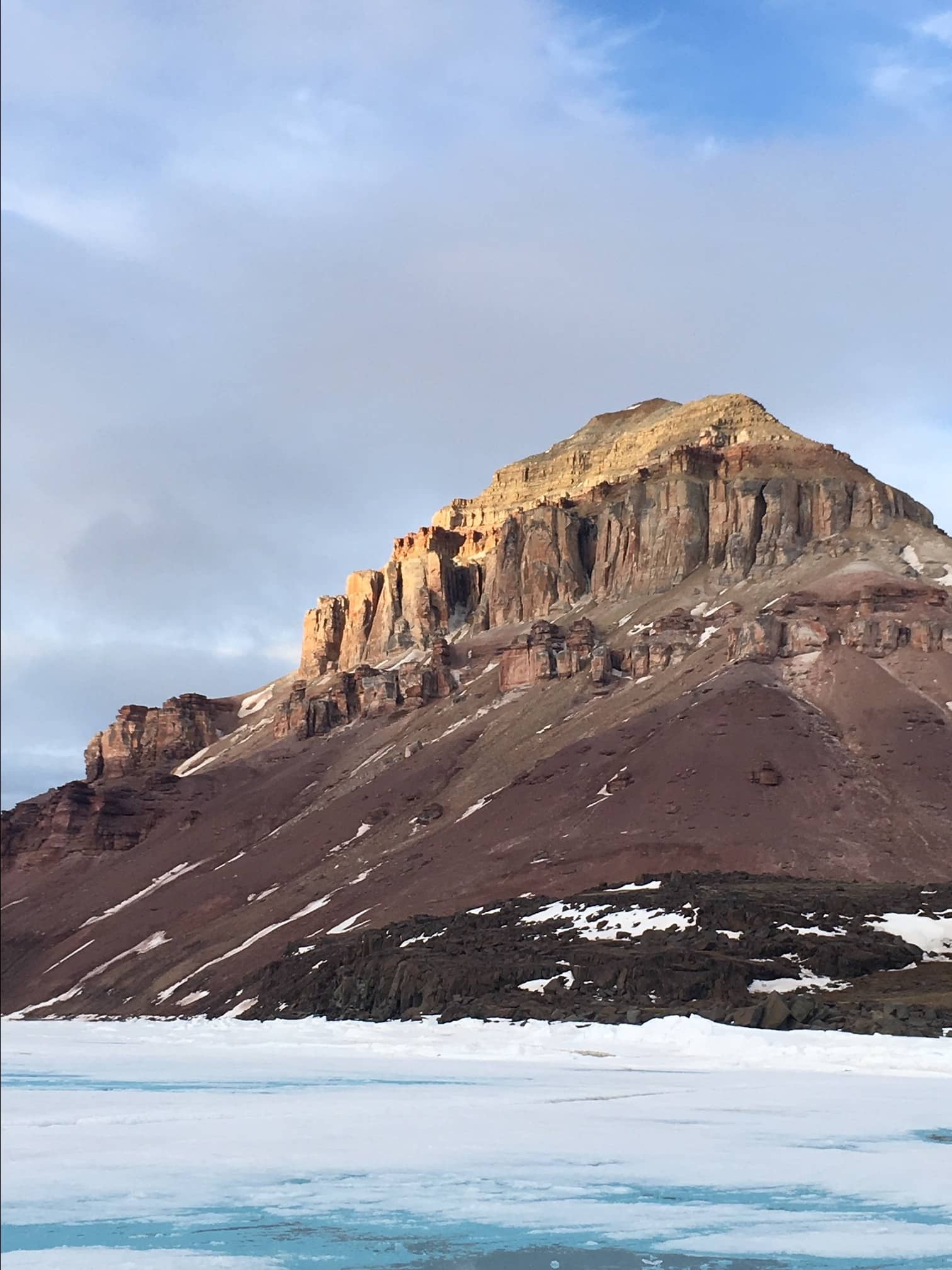
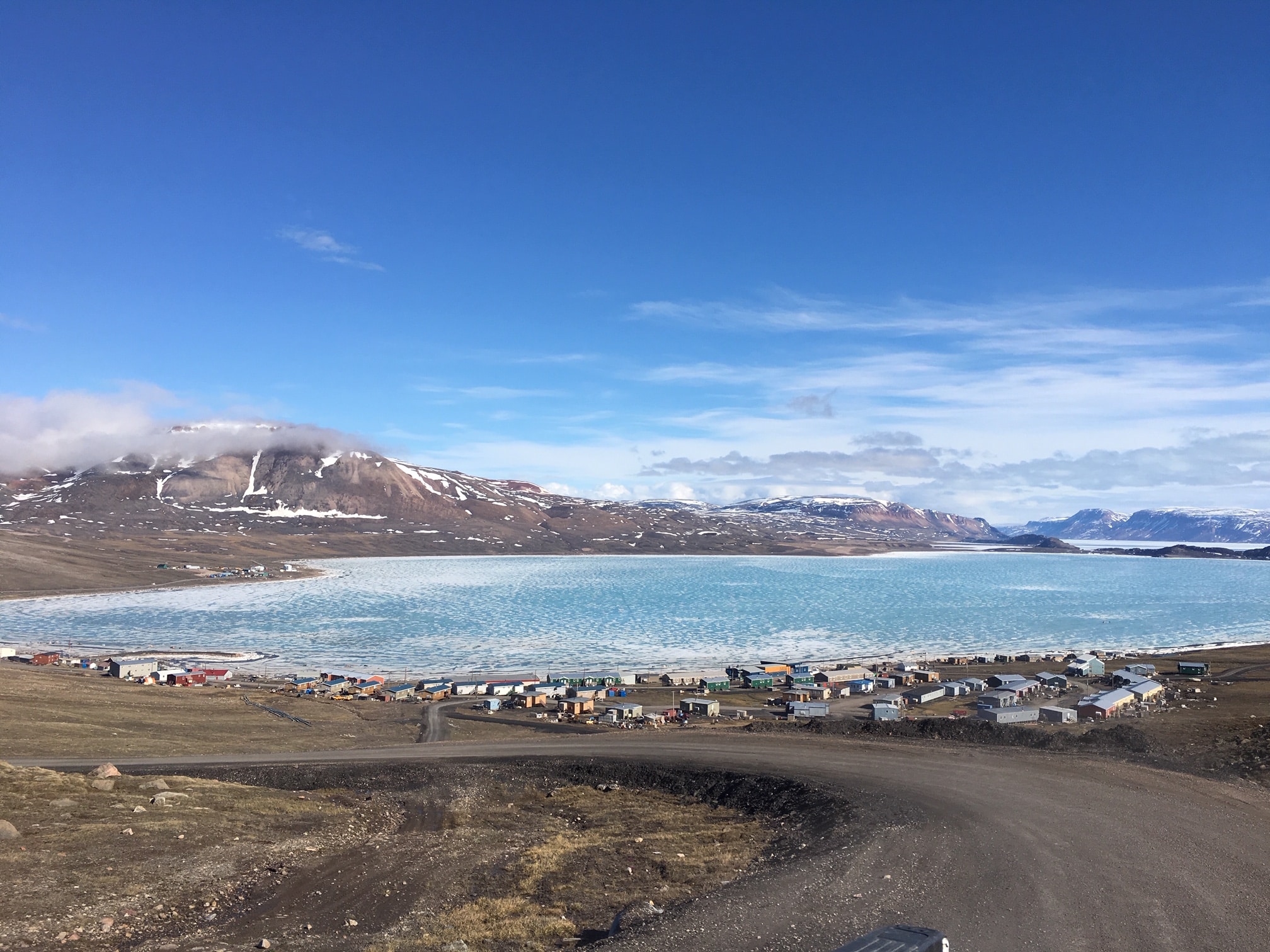
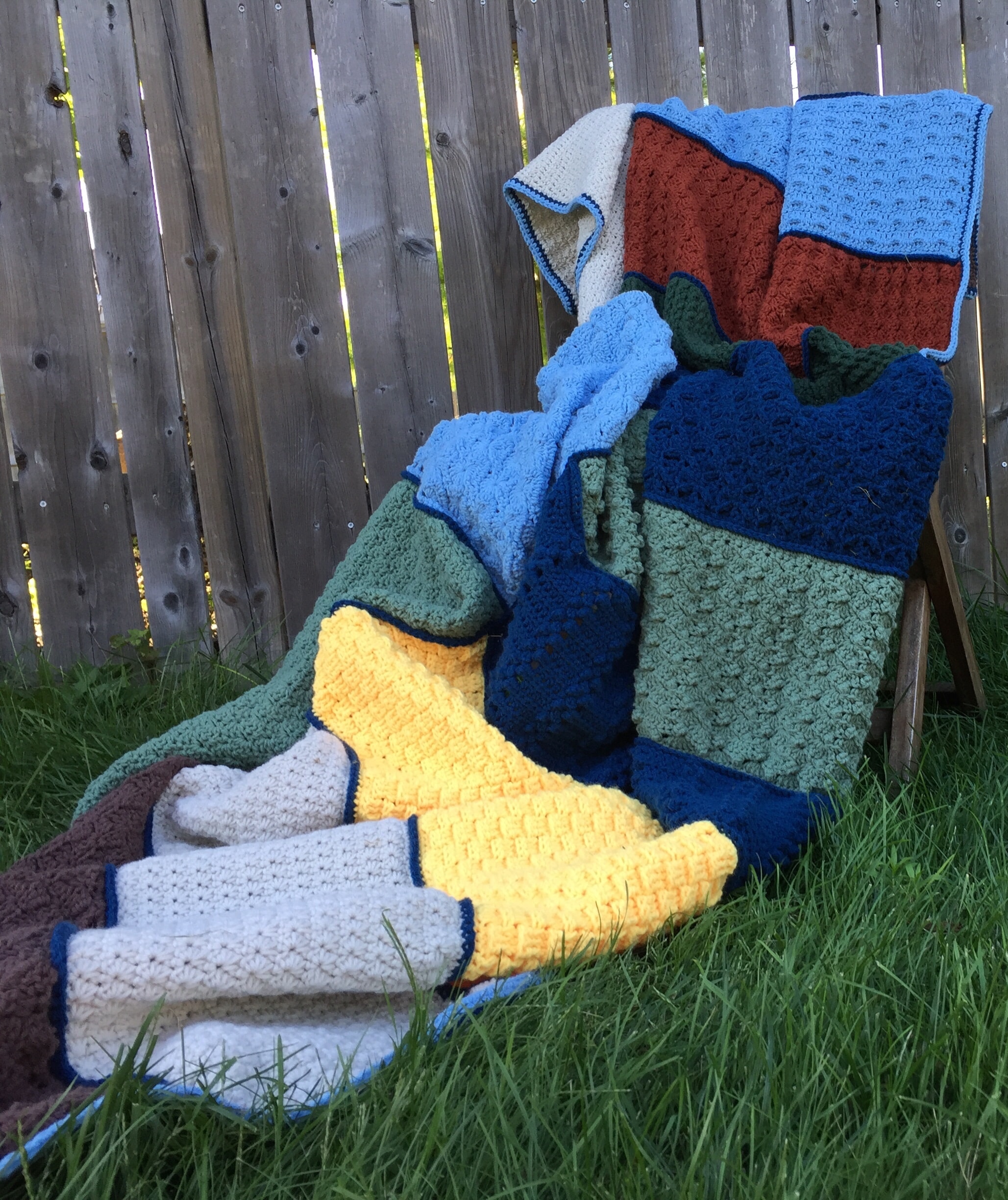



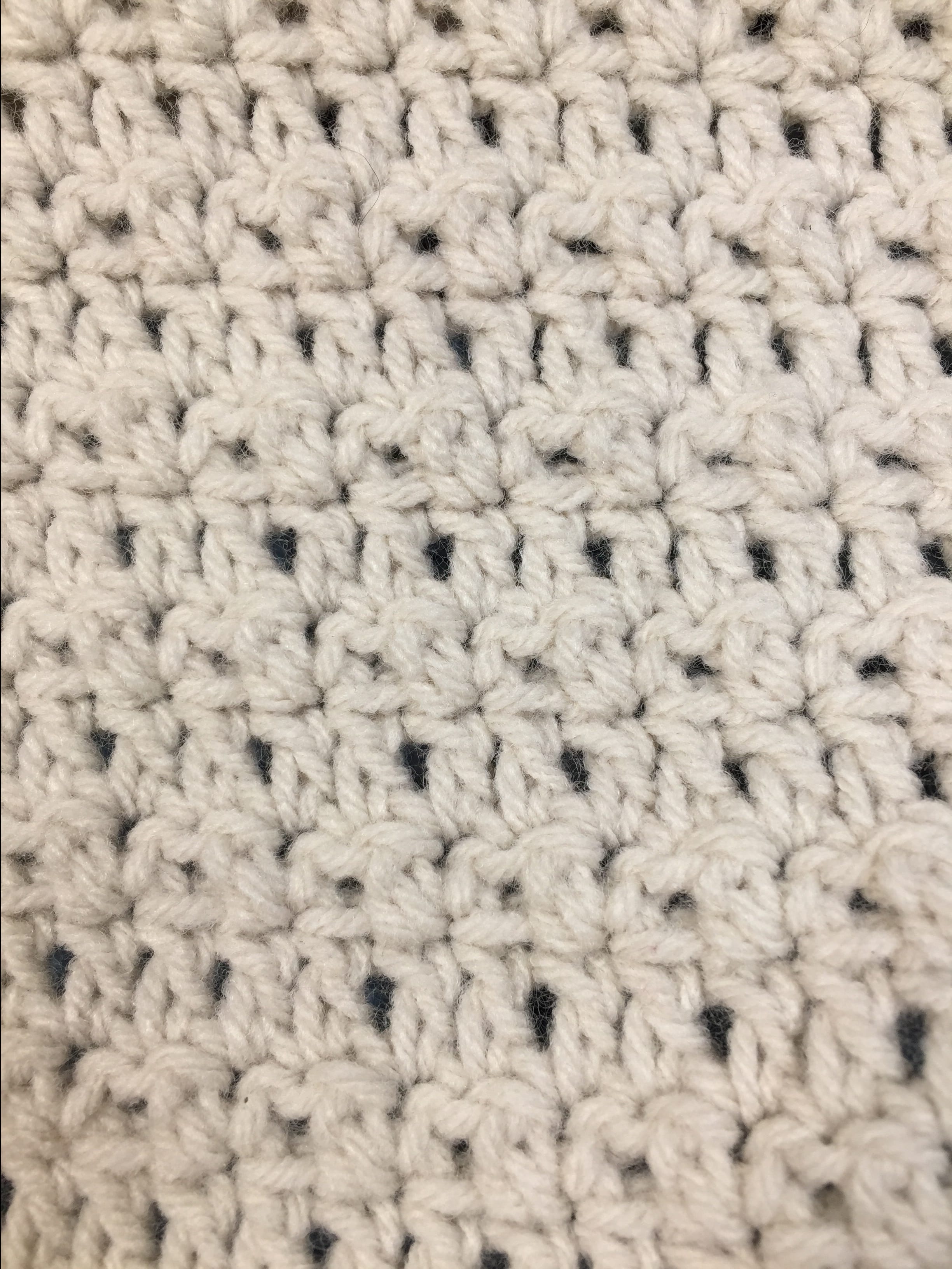
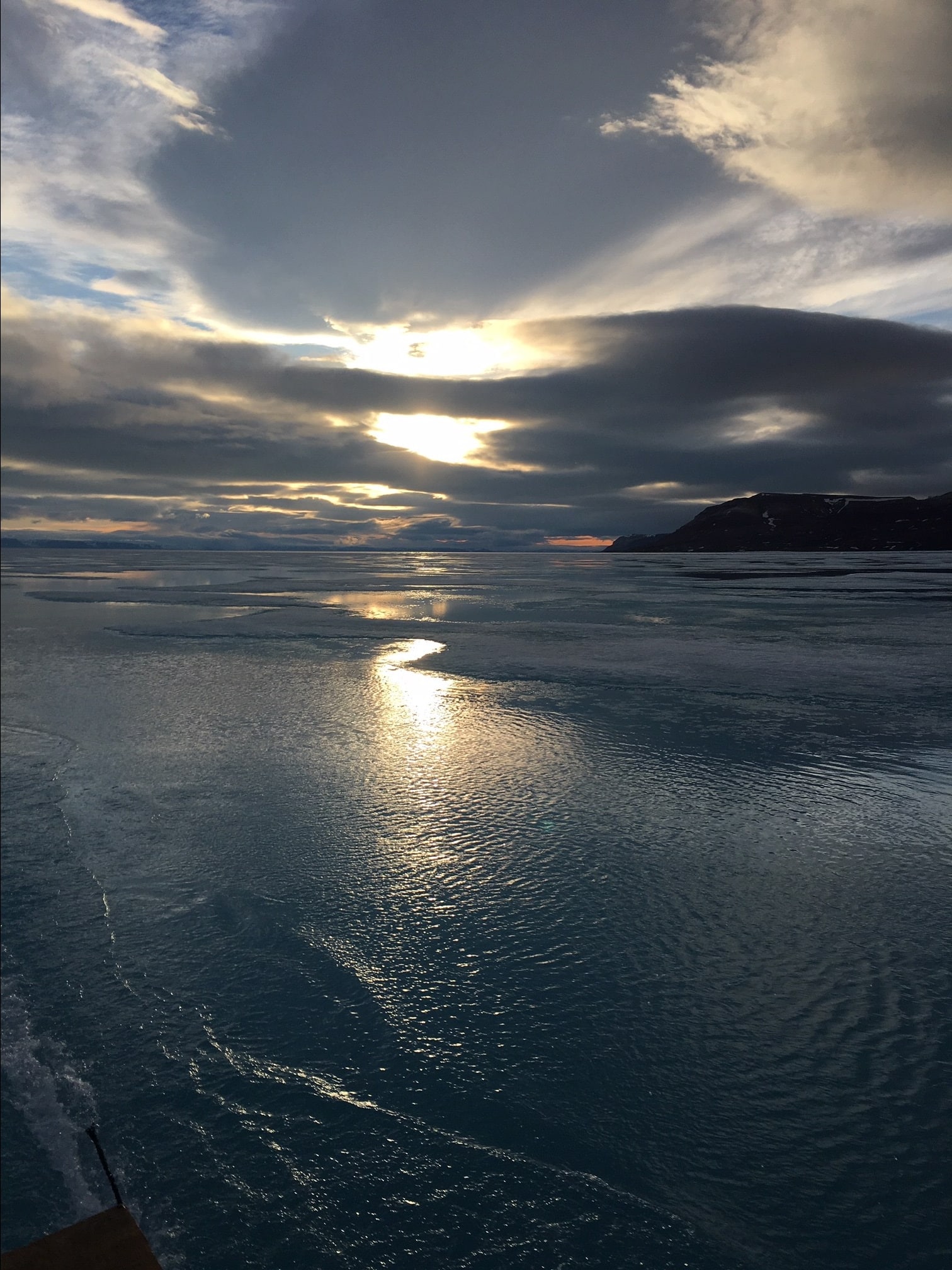
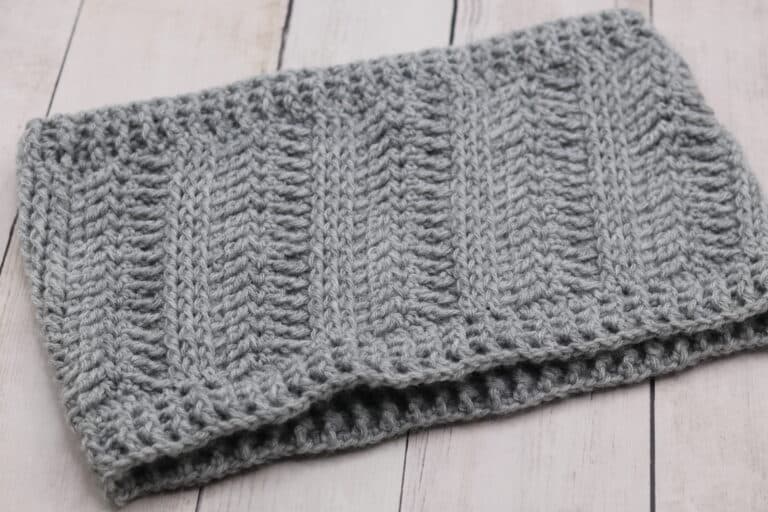
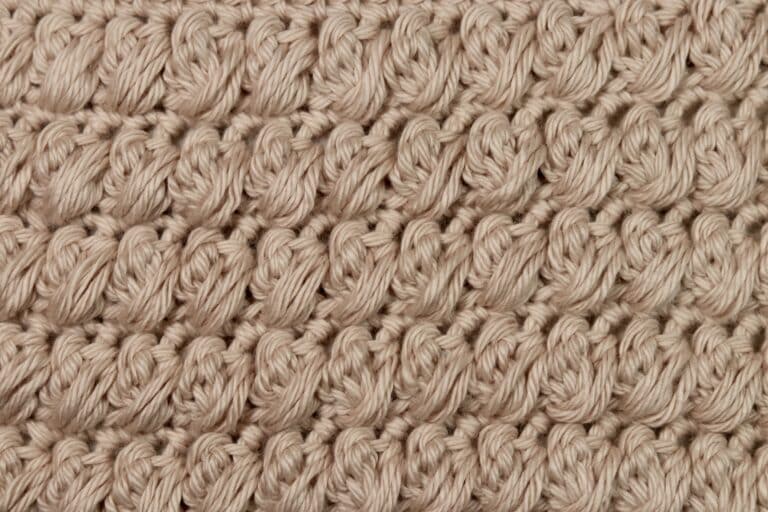
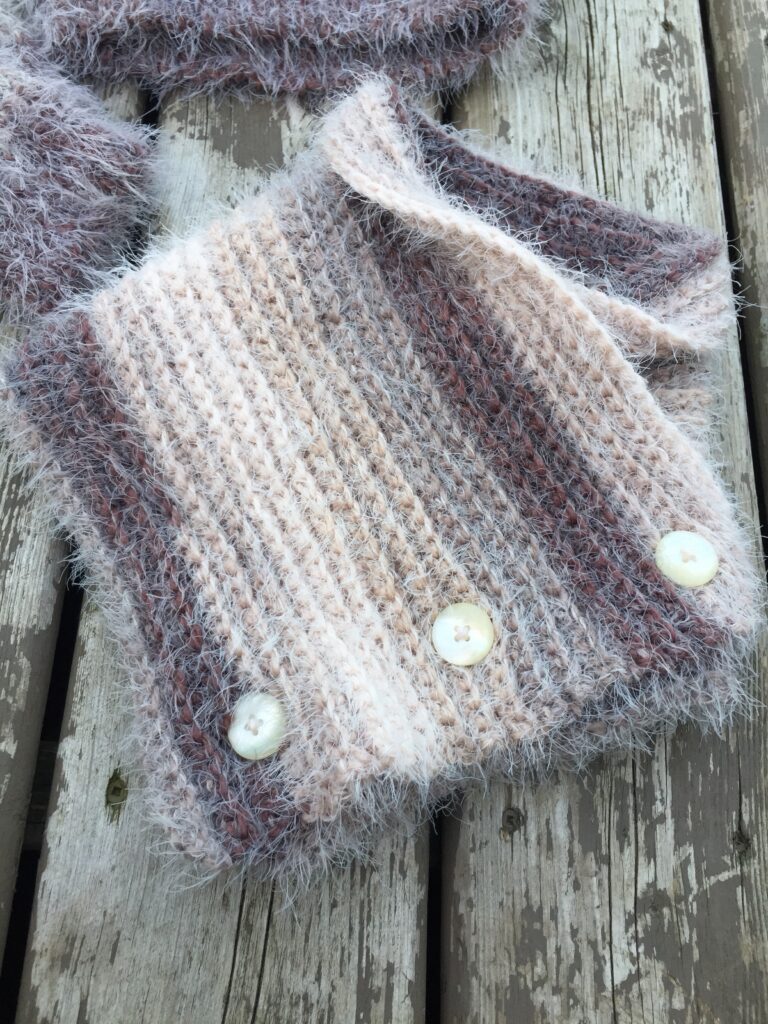
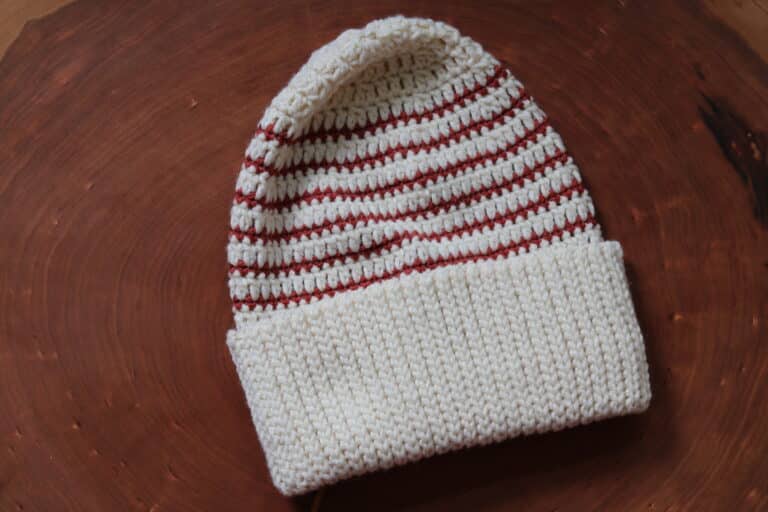
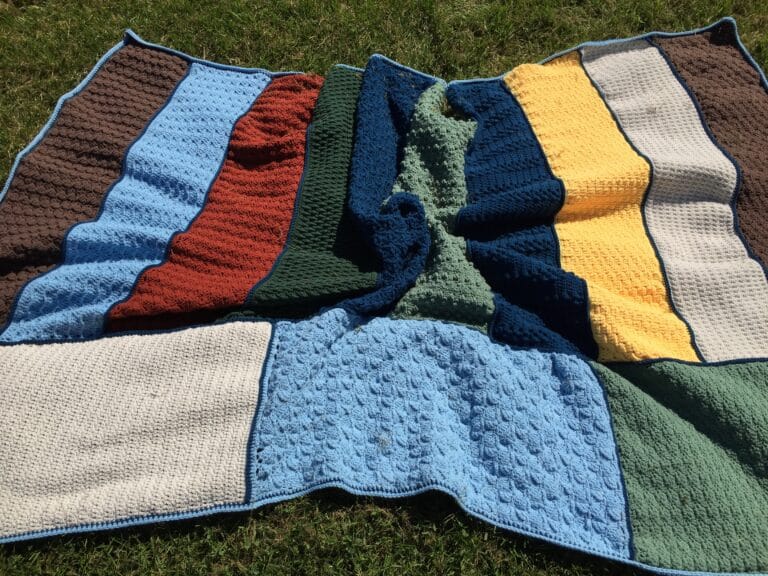
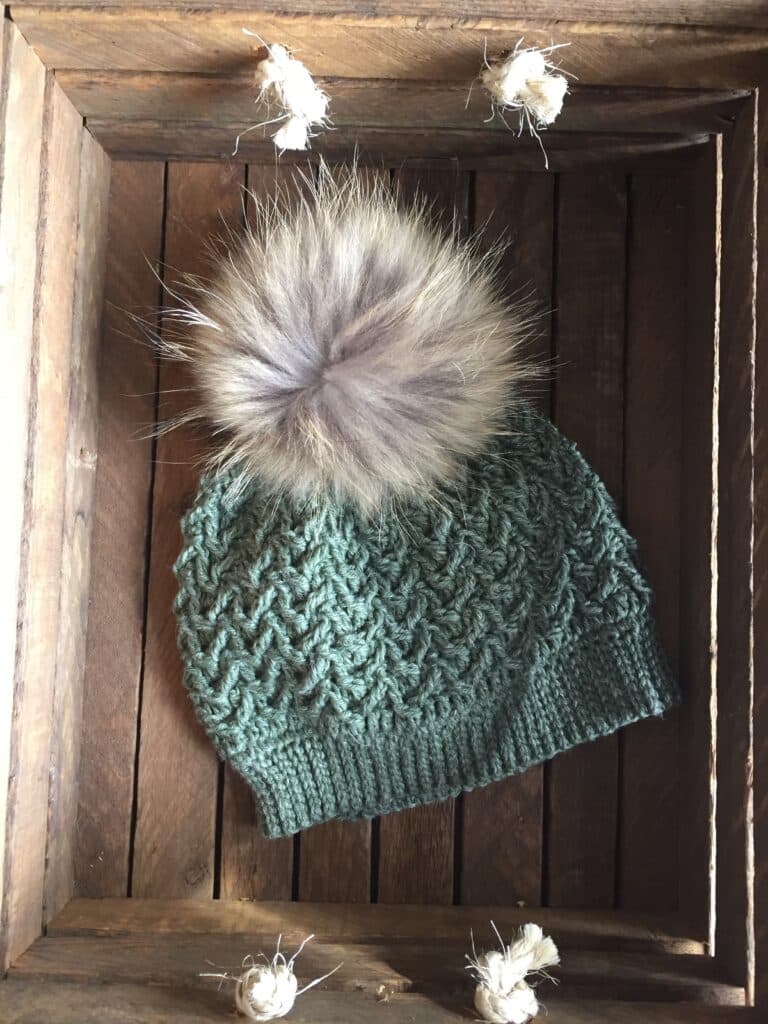
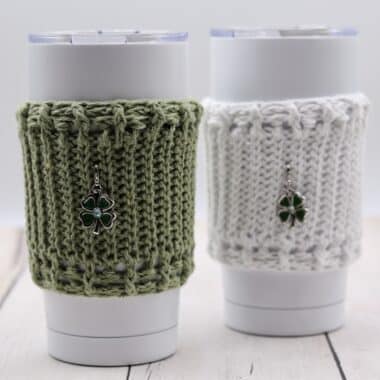
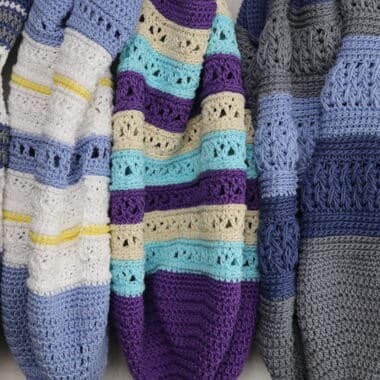
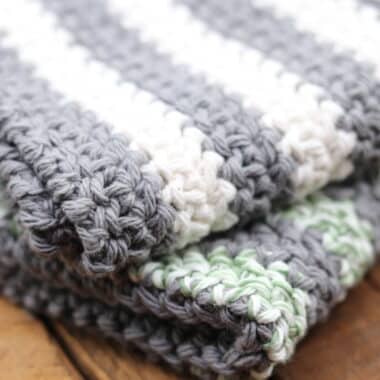
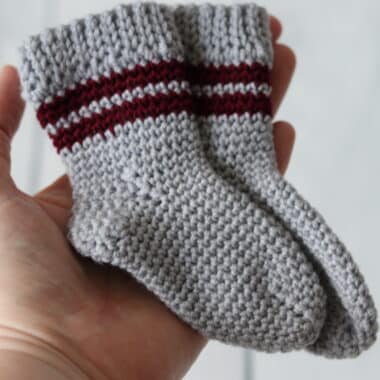
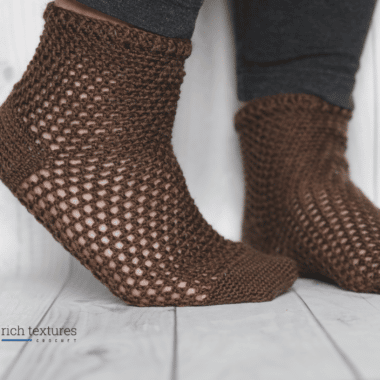
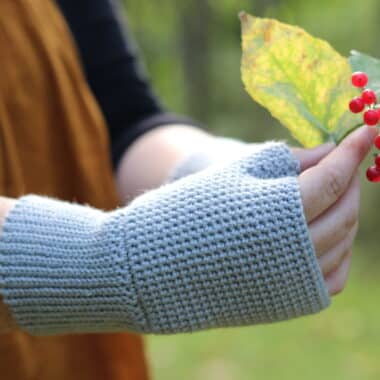

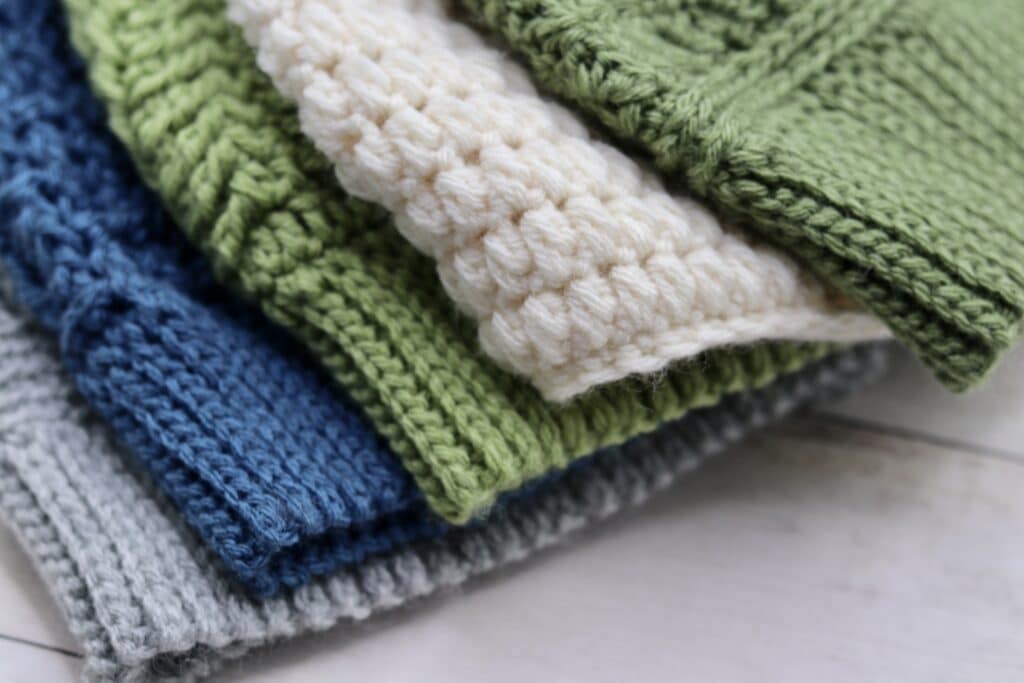


One Comment